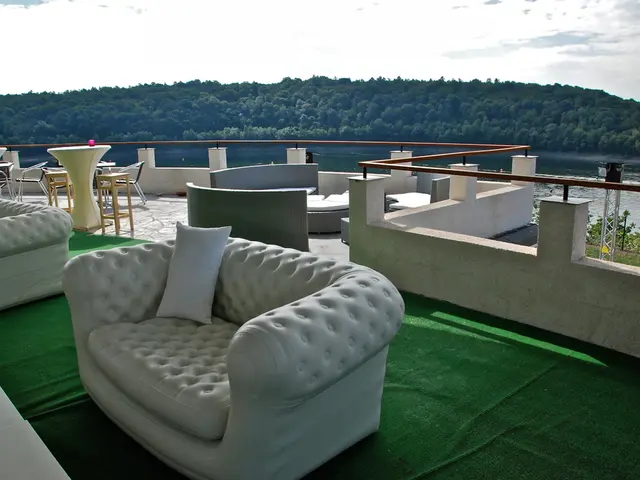Embrace Urban Living: The Case for Prioritizing Apartment Complexes in North America
In a departure from the traditional American Dream, a growing trend is reshaping urban landscapes across North America. The focus is no longer solely on owning a detached single-family house in the suburbs, but on multi-family housing such as apartments, duplexes, and fourplexes, particularly in urban areas.
This shift, driven by recent trends and policy changes, challenges established norms and zoning laws centered on single-family homes. The potential benefits are significant, including greater housing affordability and accessibility, more efficient land use, and enhanced urban vibrancy.
Greater Housing Affordability and Accessibility
Multi-family housing allows more people to live closer to urban centers, offering a wider range of housing options at various price points. This diversification can alleviate some of the supply constraints that drive up prices in the single-family home market.
More Efficient Land Use and Environmental Benefits
Multi-family developments use less land per housing unit compared to single-family homes, helping reduce sprawl and preserve natural and agricultural land. This can make cities more sustainable and better equipped to handle population growth.
Urban Vibrancy and Economic Opportunity
Denser, multi-family housing supports local businesses, public transit, and cultural activities, enhancing the social and economic life of cities.
Market Demand and Resilience
The multifamily housing market in the U.S. remains robust, with sustained demand and significant absorption of new units reported in 2025. Despite occasional softening in consumer sentiment, occupancy rates remain high, indicating strong market support for this housing type.
However, this transition is not without controversy. Some residents and communities view changes to single-family zoning as a threat to neighborhood character. Incremental reforms allowing accessory dwelling units (ADUs) and small multiplexes are leading to an ongoing, transformative reordering of American urbanism that is likely to redefine housing norms.
The segregation between white residents and residents of color in North America was exacerbated by factors such as Jim Crow Laws, redlining, and white flight, leading to an imbalance of opportunities between newer suburbs and inner rings. Examples of avoiding segregation in suburbanization can be found in Oak Park, Chicago, and Shaker Heights, Cleveland, through race-conscious tactics and community relations commissions.
Despite the stigma against multi-family housing in North America, it is becoming increasingly necessary as buying a single-family home becomes increasingly unaffordable for many, especially millennials. The average energy consumption in single-family housing is greater than in multi-family housing, contributing to energy poverty. Opposition to developments like multi-family apartment constructions is often due to the NIMBY ('Not in my backyard') phenomenon.
In conclusion, the shift towards multi-family housing represents adaptation to demographic and economic realities in North America, balancing the ideal of homeownership with practical needs for affordability, sustainability, and urban livability. This transformation is likely to redefine the American Dream itself, promoting more diverse and dense urban living arrangements.
Investing in multi-family housing may be a viable financial strategy for those looking to capitalize on this trend, given the sustained demand in the market and strong occupancy rates. This could be an opportunity for those interested in real-estate investing, as multi-family properties can offer steady cash flow through rental income.
Furthermore, investing in home-and-garden improvements for multi-family properties can contribute to enhancing their appeal and rental value, making them an attractive option for lifestyle-oriented investors.
Additionally, as the housing market evolves and single-family homes become less affordable, the popularity of multi-family housing could grow, potentially reshaping the housing landscape in line with the altered urban lifestyles that many are embracing. This shift toward more compact living arrangements could become a significant aspect of the future housing market, particularly for millennials seeking an affordable and sustainable living option.




